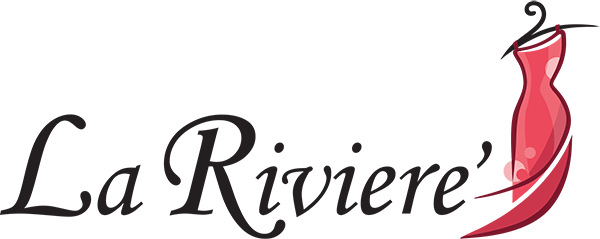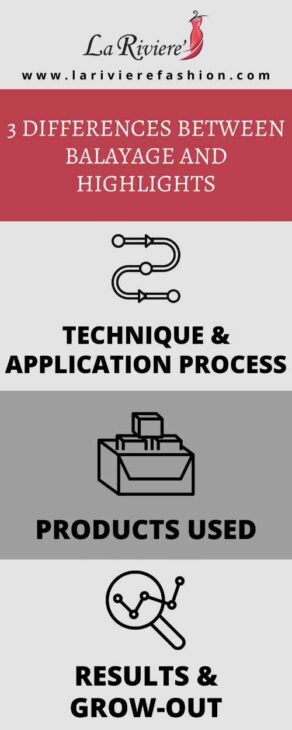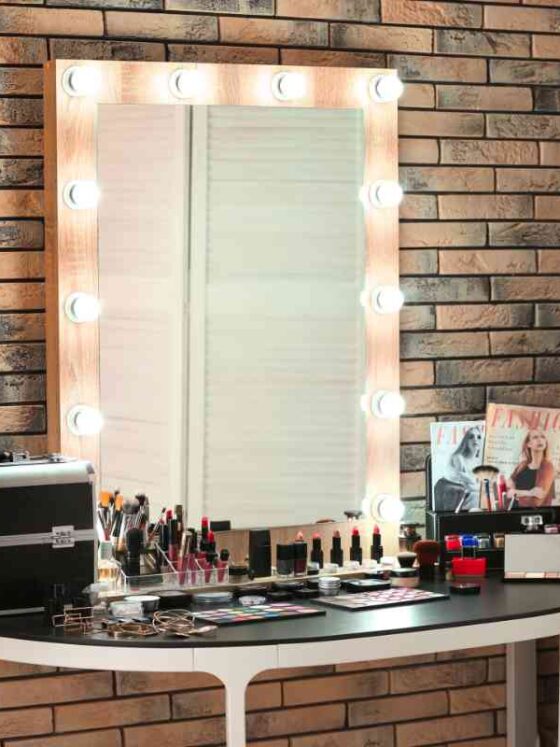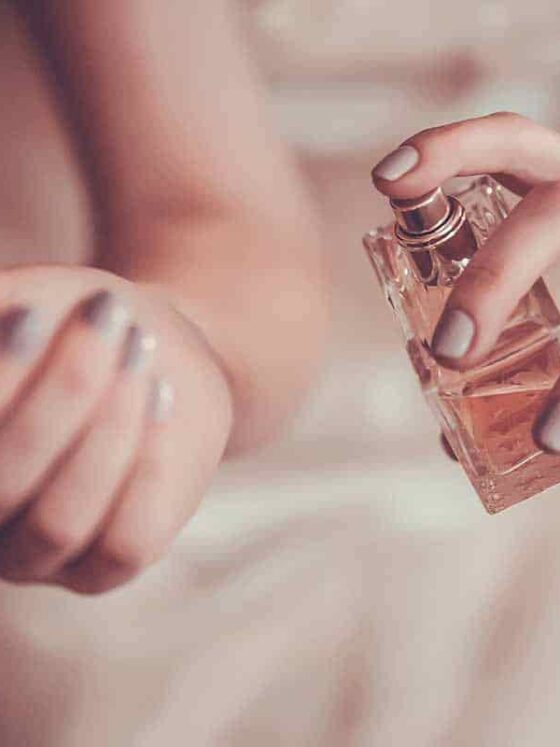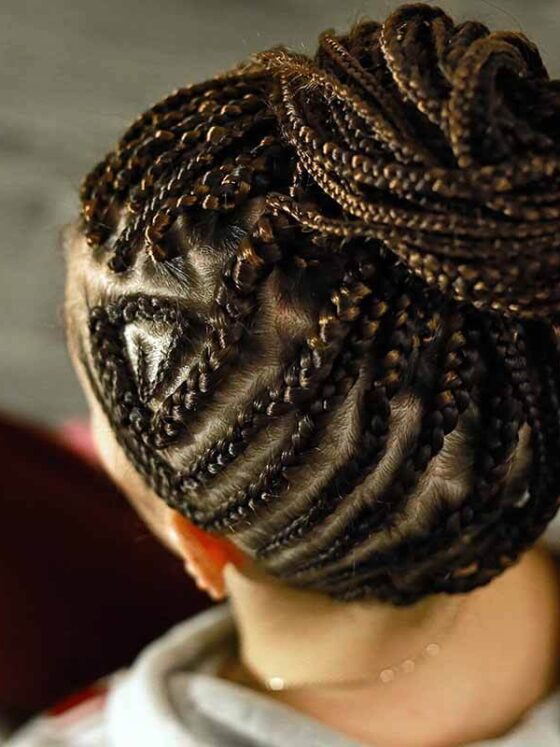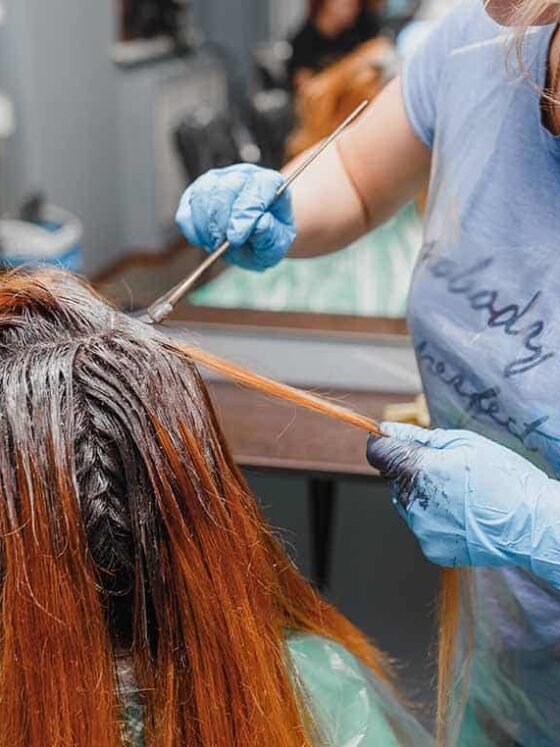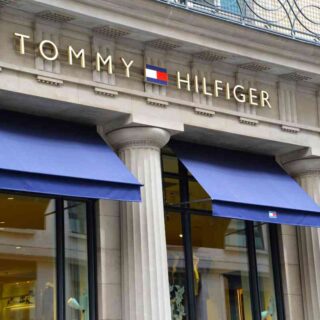3 Differences Between Balayage and Highlights
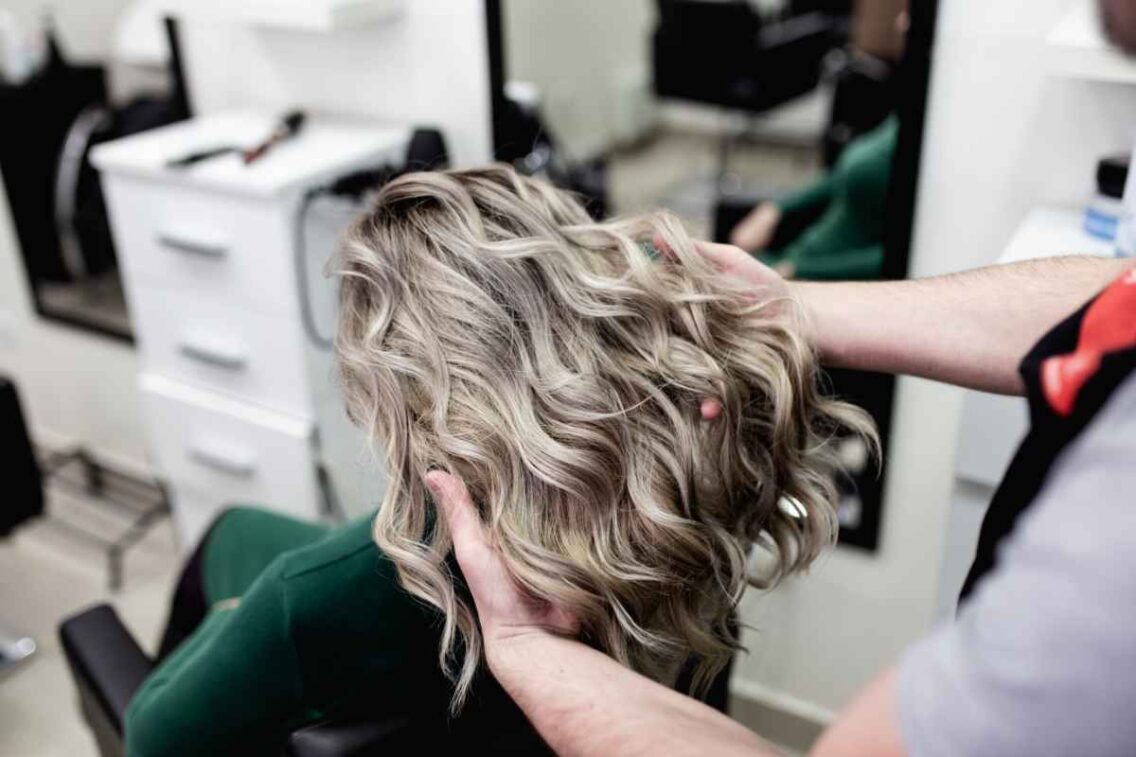
When it comes to blinding, beautiful hair color, it seems like there are a million different options to choose from. And while that may be true, when you narrow it down to the two most popular coloring techniques – balayage and highlights – there are a few key differences.
Three differences between a Balayage and highlights are:
- The technique of the application process
- The products used for the application
- The end results and grow out.
Though both of these methods can achieve similar results, the application process and products used can create very different looks. The sectioning for a balayage is much more freehand than for highlights. This allows your colorist to be more creative with the color placement and results in a more natural-looking blend overall. Let’s explore how these differences play out in more detail.
Where Does Balayage Start?
Balayage is applied in very thin strokes with a brush, but the application is intended to look much more naturalistic than traditional highlights or single-process colors. Highlights are typically done in larger sections using foils, and the color is applied directly to the strand.
With balayage, the starting point is much more freehand than with highlights. This allows your colorist to be more creative with the color placement and results in a more natural-looking blend overall.
Balayage is applied in very thin strokes with a brush, but the application is intended to look much more naturalistic than traditional highlights or single-process colors. Highlights are typically done in larger sections using foils, and the color is applied directly to the strand.
Is Balayage French?
Balayage was first seen in the US in New York in the 1970s, but the practice originated in France.
Balayage is a French word meaning “to sweep” or “to paint.” The technique is painted on in very thin strokes with a brush, but the application is intended to look much more naturalistic than traditional highlights or single-process colors.
How are Balayages done?
As a technique, balayage is done by hand, which allows your colorist to be more creative with the color placement. The result is a sun-kissed, natural-looking hair color that grows out beautifully.
A Balayage is done by painting a lightener on the hair and allowing it to open-air process, which means that the color is not sealed with foil or plastic. This allows oxygen to reach the hair, which means that the color can develop more evenly, and the balayage will be less likely to turn out patchy.
This can also encourage the color to pull as a warmer hue, which can be beautiful for those with already warmer-toned hair or anyone looking to add some subtle dimension to their hair.
3 Differences Between Balayage and Highlights
As we’ve discussed, a Balayage is a technique where color is hand-painted on the hair in very thin strokes. On the other hand, highlights are done in larger sections using foils, and the color is applied directly to the strand.
The main components that set a Balayage apart from highlights are:
- The starting point of the application process is much more freehand, which allows your colorist to be more creative with the color placement.
- Balayage is done by hand, which allows your colorist to be more creative with the color placement
- The color is not sealed with foil or plastic. This allows oxygen to reach the hair, which means that the color can develop more evenly, and the balayage will be less likely to turn out patchy.
Here are three key differences between Balayage and Highlights:
1. Technique & Application Process
The biggest difference between balayage and highlights is in the application process. Balayage is a freehand technique where the colorist’s hand paints the color onto your hair in very thin, strategic strokes.
Highlights, on the other hand, are done using foils. The color is applied directly to the strand and then wrapped in foil before being placed on your head.
Both highlights and a Balayage can be used with or without foil and, depending on your stylist’s preferred method, skill, and comfort level can give you a similar result in the end. At the end of the day, trusting your stylist to give you their honest opinion on which application will better suit your current hair type and texture and your end goal is key.
2. Products Used
Since the application process is so different, the products used are also quite different. Balayage typically uses a clay-based lightener formula, while the lightener used for highlights is typically a powder or foil lightener. Clay-based lighteners are much more gentle on the hair and help to create a more natural-looking result.
Powder or cream-based lighteners give the look of a more traditional highlight. They are typically applied directly to the strand and then wrapped in foil. This type of lightener can be more damaging to the hair, so your colorist will always use a quality product and careful technique in order to not over-process your hair. The most significant difference between these two products is the consistency because of the Silica that foil lighteners contain.
Though the type of lightener and application process for each process can be interchangeable without a drastic difference, your stylist will typically use a clay-based lightener for a Balayage and let it open-air process.
3. Results & Grow-Out
Balayage, because of its freehand application technique, gives a more natural-looking color combination. The highlights are strategically placed to frame the face and add depth, yet they will grow out considerably more naturally than traditional highlights. As a result, you’ll be able to go longer between appointments without worrying about those telltale roots as much.
Highlights, on the other hand, may create a more dramatic appearance depending on where they’re placed and the colors used. Because of the distinct lines of demarcation, highlights might be more difficult to maintain. If you like to change up your hairstyle frequently or are concerned about upkeep, balayage is a good choice for you.
Final Thoughts
Now that you know the main distinctions between balayage and highlights, it’s time to determine which one is best for you. Consider your hair type, texture, and desired style before making a decision.
If you’re looking for a low-maintenance option that will still give you dimension and depth, balayage may be the way to go. If you want a more dramatic look or are considering going lighter, highlights may be the better choice.
